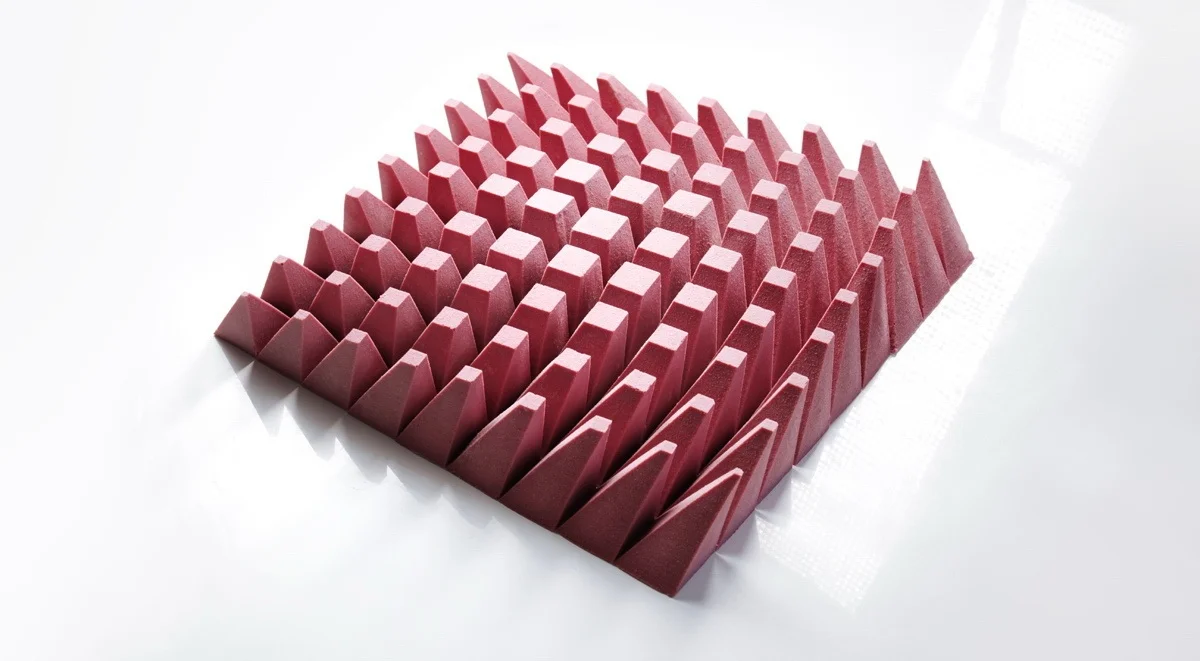
ParametriCake
After the great work of the former architect now pastry chef Dinara Kasko, I was left with an existential question : "Who would ever pick the smaller part of dessert?". So I decided to build a version 2.0 of probably the best looking (I bet also tasting) cake ever made.
The "parametric cake" of Dinara Kasko took the internet by storm around the end of 2017. The former architect was already know for unusual looking geometric cakes, but her last work really caught my eyes. (Link to her website below the following picture !)
As a child, my brother and I always faced troubles when it came to « who is going to eat the larger part of the dessert? ». And that question was brought back to me while looking to that deliciously strange looking piece of cake.
So my version of the ParametriCake was on its way ! Since this was not a project of mine, I tried to remake the exact same cake, and then I simply added height differences depending on the volume of the truncated pyramids. As simple as it sounds, it was actually way more challenging than I thought. See four unsuccesful explored paths further below.
I finally ended up using the mathematical formula for truncated pyramid volume, and then one pyramid (and therefore all others) is optimized to target a certain volume desired. The optimization algorithm used here here is COBYLA from the Goat plugin and was chosen specifically for this problem as it out perform any other algorithm for linear - one parameter problems (cfr IASS workshop). More on that optimization part upon request.


The original model on the left has up to 6319 mm3 of volume difference depending on the scale of the cake) which, as said before, could potentially bring war around the table. Relatively to the first one, the model on the right only has 4 mm3 difference, as the absence of gradient shows. This variant should bring peace, as the pastry steps of the process should blend that volume difference.
Also, when the optimization was done, I could play around with the attractor point and make infinite variations of the cake in less than a second, all of them without noticeable volume difference. On the GIF below, the bounds of the color gradient have been reduced to 4mm3, so the volume difference can be visible to the screen.

Further steps
The last step of this small funny project is obviously to reward my little stomach who’s actually almost dead from waiting.
I do not have scheduled the next steps yet but I’d probably go for a print of the cake itself and use it as a counter mold. Then use it to make the mold out of food grade silicone.
I kinda stopped this project a bit because of the silicone part of the fabrication process, but as I need my stomach to live (which is almost dead from waiting), I have no choice but to make this project happen one day.
Ps : I you ever comme across this piece of cake in real life, which is less than 0.0001% likely to happen, I strongly recommend you to aim for the parts that are red on the GIF.
That was a life advice rewarding anyone who made it to this line, you’re welcome.
UPDATE SOON
Antoine -

